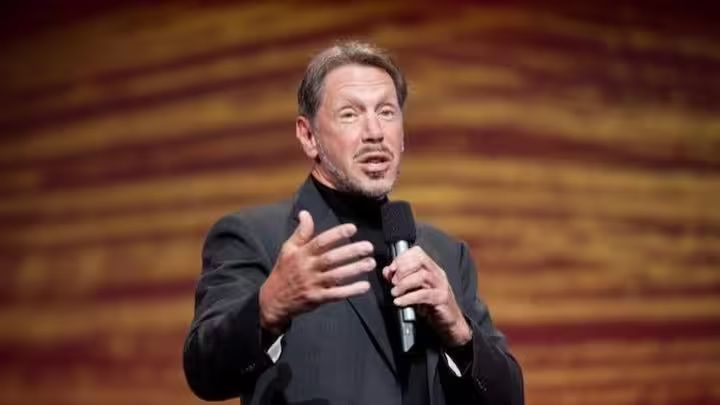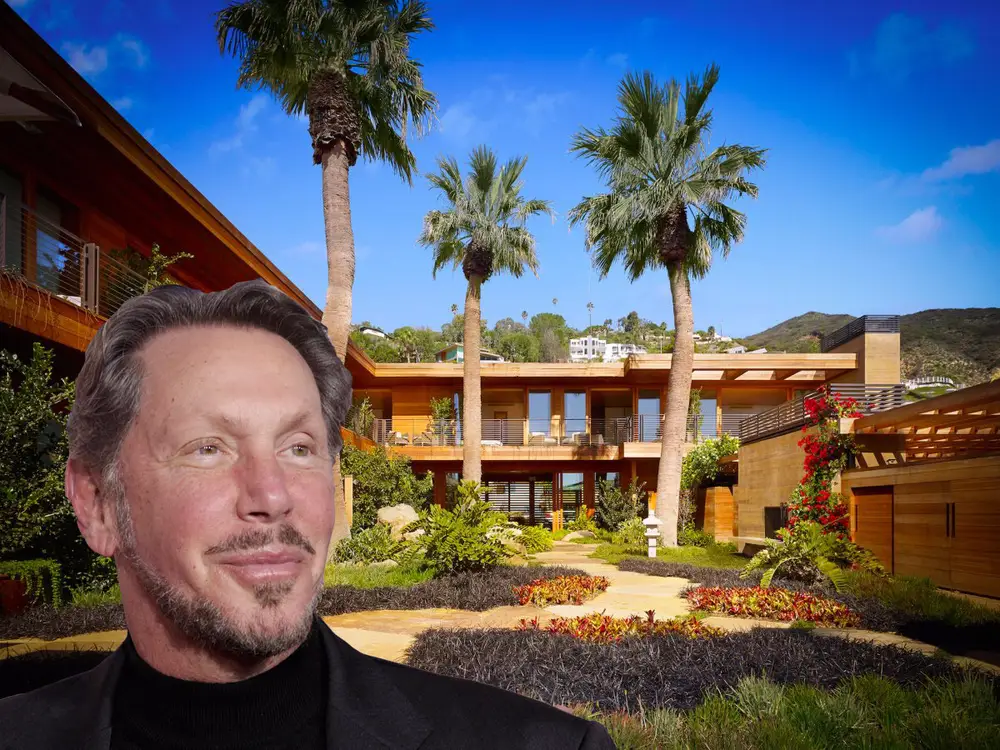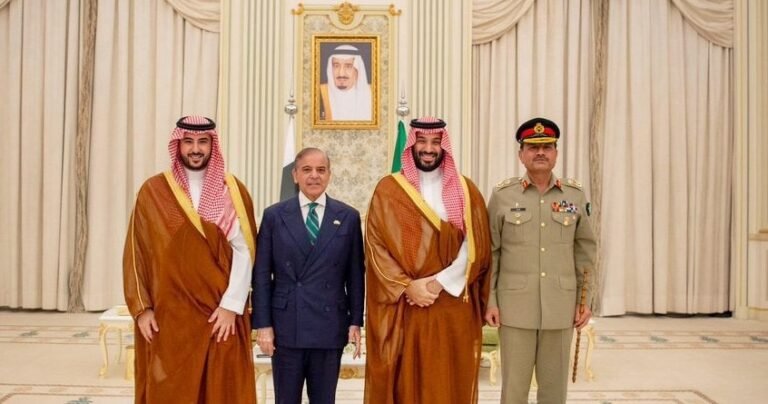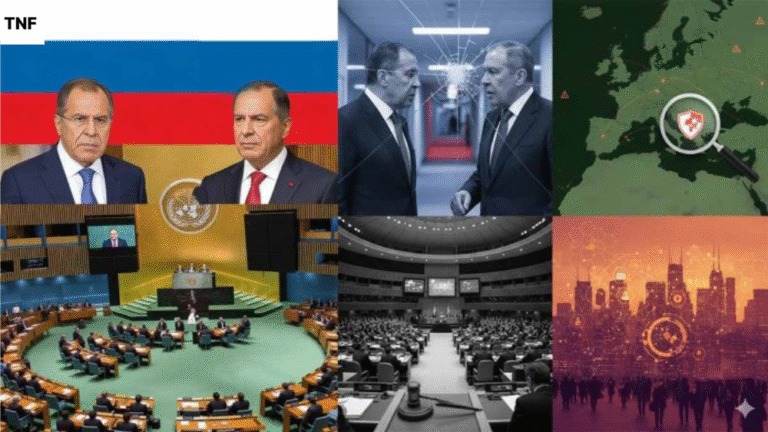When Larry Ellison’s net worth and the hidden architecture of wealth became a global talking point in 2025, headlines lit up. For a brief moment, Ellison surpassed Elon Musk as the world’s richest person with a fortune nearing $400 billion.
To some, it looked like another rotation in the rankings of the ultra-rich. But Ellison’s ascent tells a deeper story.
Nearly fifty years after co-founding Oracle in 1977, Ellison built his fortune not by chasing fads but by owning and maintaining the digital infrastructure that fuels today’s revolutions.
His wealth, influence, and strategy reveal lessons that extend far beyond Silicon Valley, offering a blueprint for families, founders, and investors seeking to preserve and expand wealth in the AI age.
AI Infrastructure and Larry Ellison’s Net Worth

Oracle’s recent surge reflects its growing role as a backbone for artificial intelligence. While headlines spotlight consumer-facing apps and models, Oracle delivers the industrial-scale computing clusters that startups and giants alike rent to train AI systems.
OpenAI, Elon Musk’s xAI, and other AI labs rely on Oracle’s infrastructure. In this ecosystem, Oracle resembles NVIDIA: supplying the indispensable foundation beneath the innovations grabbing attention.
The glamour may rest in chatbots, but the enduring profits flow to the firms laying pipelines and power lines.
For investors and family offices, the takeaway is clear. Sustainable wealth often arises from backing infrastructure instead of chasing the front-end buzz. Logistics, cloud platforms, energy grids, and healthcare systems may lack hype, yet they endure beyond each hype cycle.
Ownership Structure and Conviction

Ellison’s wealth rests on a unique ownership story. He still owns more than 40% of Oracle — a stake unusually concentrated for a tech titan.
That concentration is no accident. Over decades, Oracle financed one of history’s most aggressive share buyback programs, often using debt. Each buyback magnified Ellison’s share.
The result: his fortune now rises and falls directly with Oracle’s value. In September 2025, a single day’s stock surge added over $100 billion to his wealth. Yet the flipside is real: Oracle downturns shrink his fortune overnight.
The lesson isn’t reckless concentration, but conviction. By holding through volatility, Ellison aligned his fate with Oracle’s strategic role in cloud and AI.
For families, the principle holds: conviction, when paired with structure and liquidity planning, can compound wealth across decades.
Influence as an Asset Class
Ellison’s power extends far beyond balance sheets. His relationships with policymakers, his near-total ownership of Lānai in Hawaii, and his family’s involvement in the Skydance-Paramount media deal show how capital, culture, and influence intertwine.
For family offices, influence is no longer optional. Relationships, reputation, and narrative management function like financial assets. They open doors to investments, protect wealth from reputational risk, and shape ecosystems in which capital operates.
Ignoring influence in today’s polarized, fast-moving environment can destroy value faster than a market crash. Cultivating and protecting reputation has become a core responsibility for stewards of wealth.
The Patience Dividend
Oracle was founded in 1977. For decades, critics called it outdated or slow. Yet nearly 50 years later, it remains indispensable to global computing. Ellison’s fortune illustrates how patience multiplies returns when paired with adaptability.
This “patience dividend” mirrors the experience of multigenerational families. True wealth compounds not in five-year bursts, but across decades and market cycles. Families willing to endure downturns, reinvest, and adapt can achieve legacies that outlast industries.
The Hidden Architecture of Wealth
At the heart of Ellison’s story is not just wealth, but its architecture — the structures that preserve and amplify it. Key features include:
- Holding companies and trusts that separate risk and manage succession
- Strategic debt that magnifies gains without forcing asset sales
- Jurisdictional planning to align with favorable tax and legal systems
- Governance mechanisms that preserve control across generations
- Philanthropic vehicles like foundations that shape legacy and influence
This architecture explains why Ellison’s fortune is resilient. It is not raw capital alone but a system of structures, protections, and networks. Families that ignore architecture risk erosion.
Lessons for Family Offices in the AI Era
Ellison’s story is not a template, but it offers enduring insights:
- Infrastructure beats fashion. Invest in the systems powering innovation.
- Ownership structure matters. Concentration, if combined with governance and planning, can drive compounding.
- Influence is capital. Treat relationships and reputation as core assets.
- Patience compounds. Hold across cycles; avoid chasing trends.
- Architecture protects wealth. Structures preserve fortunes across generations.
Faqs About Larry Ellison’s net worth
What is Larry Ellison’s current net worth?
Larry Ellison’s net worth in 2025 is estimated between $387 billion and $400 billion, depending on fluctuations in Oracle’s stock price and valuation methods.
How did Larry Ellison build his fortune?
Ellison co-founded Oracle in 1977 and grew it into one of the world’s largest software and cloud companies. His 40% stake in Oracle, combined with investments in real estate, media, and AI infrastructure, forms the foundation of his wealth.
What does the “hidden architecture of wealth” mean in Ellison’s case?
The hidden architecture of wealth refers to the structures, trusts, ownership layers, and governance strategies Ellison uses to preserve and amplify his fortune. These include holding companies, debt strategies, and philanthropic vehicles.
Why is Oracle central to Ellison’s net worth?
Oracle’s dominance in cloud computing and AI infrastructure drives Ellison’s fortune. As demand for large-scale computing power grows, Oracle’s valuation directly impacts his wealth, making it the cornerstone of his financial empire.
What lessons can families and investors learn from Larry Ellison’s net worth story?
Ellison’s journey highlights the importance of owning infrastructure, structuring wealth strategically, cultivating influence, and practicing patience. These principles ensure wealth not only grows but also endures across generations.
FINAL THOUGHT
When analysts debate Larry Ellison’s net worth and the hidden architecture of wealth, they often focus on numbers. But the real story lies beneath.
Oracle’s role in AI infrastructure, Ellison’s conviction in ownership, his cultivation of influence, and his disciplined patience form a framework families can study.
In the AI era, enduring fortunes will not belong to those chasing headlines but to those who invest in the invisible foundations.
Ellison’s rise shows how infrastructure, ownership, and influence intersect to create legacies that outlast hype cycles. Families who internalize these lessons will not only protect wealth from disruption but also transform it into enduring power.





